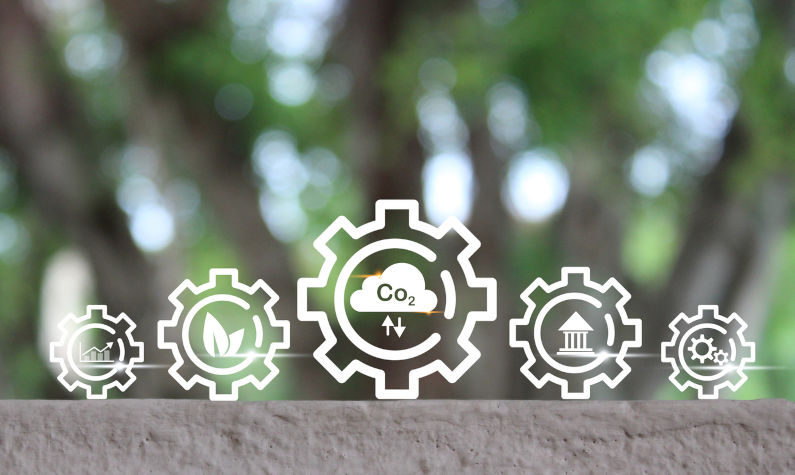"Green" industries and Albo's Venn diagram
April 23, 2024
The PM has announced a series of big-dollar programs to promote energy transition, “green” industries, local manufacturing and “critical” minerals. He is juggling themes that are not always consistent. The government needs to be prudent as it backs projects with taxpayers’ money.
Mr Albanese seems to be walking about with a Venn diagram in his head. You know, the diagram with circles, usually three but there can be more, that can be used to illustrate the way things overlap or are perhaps inconsistent with each other.
John Venn, a British mathematician and philosopher, invented his diagram in the 1880s as a device for presenting and explaining ideas.
The first circle in Albo’s head is the national energy transition and emissions reduction agenda. A larger circle surrounds this, representing the low-carbon “Superpower” idea promoted by Professor Ross Garnaut. This would see Australia expand its clean energy output to give us a world-leading position in low-carbon products like “green” steel or aluminium.
Another circle overlaps the above, representing Albo’s “Made in Australia” agenda, which would see taxpayer money supporting new manufacturing in Australia, making products for the “greener” world. Andrew Forrest has already opened one such plant, to make electrolysers to produce hydrogen from water with green electricity. Solar panels have been mentioned as another product that might be made here.
A third circle represents an agenda to mine and add value to “critical” minerals in Australia. These are substances that are essential to the global transition to clean energy. Lithium, for batteries, is a big one. There are many more, including a long list of “rare earths”, obscure materials needed for things like magnets, generators and electric motors.
Always in the background to such talk in Australia is the looming presence of China, our biggest trading partner and the emerging superpower of Asia. China is by far the biggest source of the greenhouse gases causing climate change. It has promised to level its emissions off and then to force them downwards over the next quarter-century. Partly to do this, but also to dominate the world’s new industries, China has become the largest maker by some margin of many “green” products – wind turbines, solar panels, lithium batteries and electric cars to name a few. In addition, China has worked itself into a position of dominance in refined lithium, rare earths and other “critical” minerals.
America, keen to retain its global primacy, wants to counter China. Its so-called Inflation Reduction Act and other policies have unleashed vast subsidies and support for industries in which China is a serious rival. Australia wants to catch some of the slipstream.
Back to our energy transition: what we need is the fastest, lowest-cost transition we can achieve to a reliable, low-emission economy. If President Xi Jinping wants to subsidise Chinese wind turbines, solar panels or electric vehicles, let’s buy them! Let’s not get mixed up with making our own of everything. There may be niches of Green tech that will support viable businesses in Australia (after all, we have some successful companies in the unlikely field of shipbuilding), but for the main we should not impede our transition or the possibility of being a green superpower. We should buy the cheapest for the quality that we can get.
“Critical minerals” make up the other circle of the Venn diagram. The issue here is not so much that public investment will place impediments in front of our energy transition. What it may do is divert money that could be better used.
Countries can succeed when they back specific industries with public money. Japan, China, South Korea and Singapore have all done it. Think of Korea, which committed to car manufacturing virtually from scratch forty years ago. We don’t have a tradition or culture to support this. We could even slip back to the bad old Tariff Board days, when policy was often influenced by vested interests. Moreover, our record with major public investment projects is patchy, at best. Think of frigates, submarines, helicopters, the NBN, Inland Rail, Snowy Hydro 2.0 - it’s not an edifying list.
The government has made big commitments already, under all of the headings above. It must move prudently and with the best advice as it disburses funds to specific projects.

